Boyd’s been back in touch, this time with his HO model train trees.
He shares how he makes his fantastic trees:
(If you missed his last post, it’s here: HO scale logging camp.)
“Hello Al,
A couple folks expressed an interest in how I make my trees, so since I had to make a few more, I took some pics as I went.
My method is basically bits and pieces of various techniques I saw online that I combined into a system that works for me.
The pics are not the greatest quality, but they should get the point across.
I start with sisal rope.
Depending on the type you will find it can be untwisted to yield some number of individual strands. In my case, the rope is untwisted into 3 strands, and each of those strands is comprised of another 3 strands.
I use an old comb to finish separating the strands into individual fibers. The individual fibers are wavy, and I found them difficult to use as is. I stumbled across a video late one night that suggested soaking the fibers for a few hours, that is what I do now, and it yields straight fibers that I find much easier to work with. Below is before and after soaking.
The next few steps are basic bottle brush tree making. Lay the fibers on a folded wire, hold one end with pliers and loop the closed end over a hook clamped in a drill chuck.
While gently pulling on each end, spin the drill until the wire is tight along its entire length. You will end up with a rough tree.
Trim it into a tree shape of your liking. I just try to make sure they all don’t end up looking the same, and that they do not look like Christmas trees.
After making as many trees as I want or need, I stick them in a scrap piece of foam board and spray paint them brown. I make sure the ends of the branches have good coverage as they will show through a bit when finished.
After painting, give the tree a good coat of hairspray. I tried a few different brands then settled on the one shown below.
For me, the important piece was that it be pump spray, as aerosol spray tends to be too strong for the 2nd coat, blowing off some of the flock you just added…
Next sprinkle on the flock of your choice. I use a coarse flock for the first coat, and a fine flock for the 2nd coat.
You can use as many coats as you want to get the fullness you desire, but try to use a couple different colors to create some shadow appearance.
Give the tree a good coat of hairspray before each application of flock. I use whatever flock I have on hand, some store bought, some homemade.
Once all the trees are done, let them sit for 5 minutes then give them one final good coating of hairspray.
Next step is to add a trunk. I gather up small pine tree branches I find along the road or paths when out walking. I find the best appearance is when the trunk is one half as long as the branched portion.
Cut the twig to the desired length, carefully drill a hole in each end. Cut the wire from bottom of the tree, leaving ½ inch to insert into the trunk, then use the remaining piece as a pin in the bottom of the trunk to attach it to the layout.
All that’s left is to plant them on your layout.
A huge big thank you to Boyd.
If you’re new to the blog, it’s really worth having a look at Boyd’s first post – it really did create quite a stir. It’s the comments that make it.
See for yourself, it’s right here: Model train hobby.
That’s all for today folks.
Please do keep ’em coming. It’s still very thin this end.
And if today is the day you get started on your layout, the Beginner’s Guide is here.
Best
Al
PS Latest ebay cheat sheet is here.

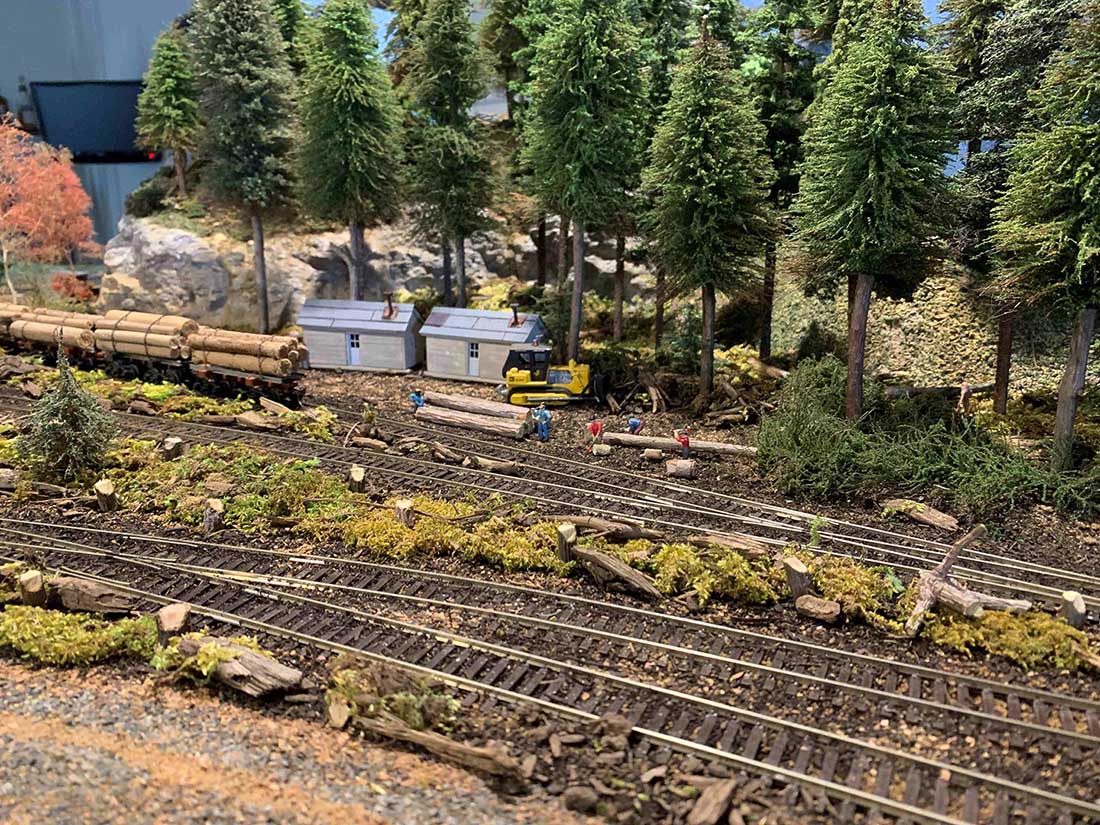

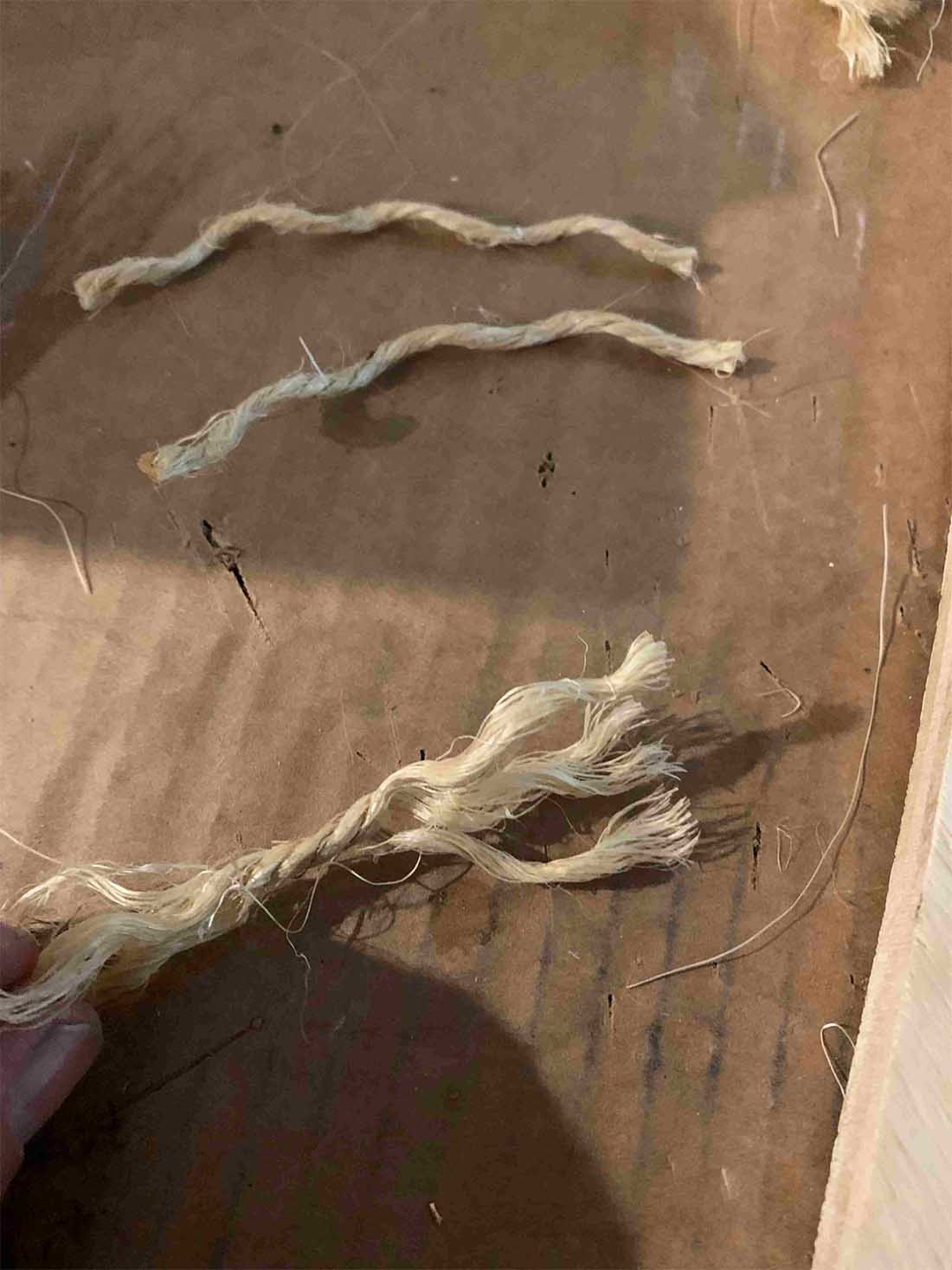
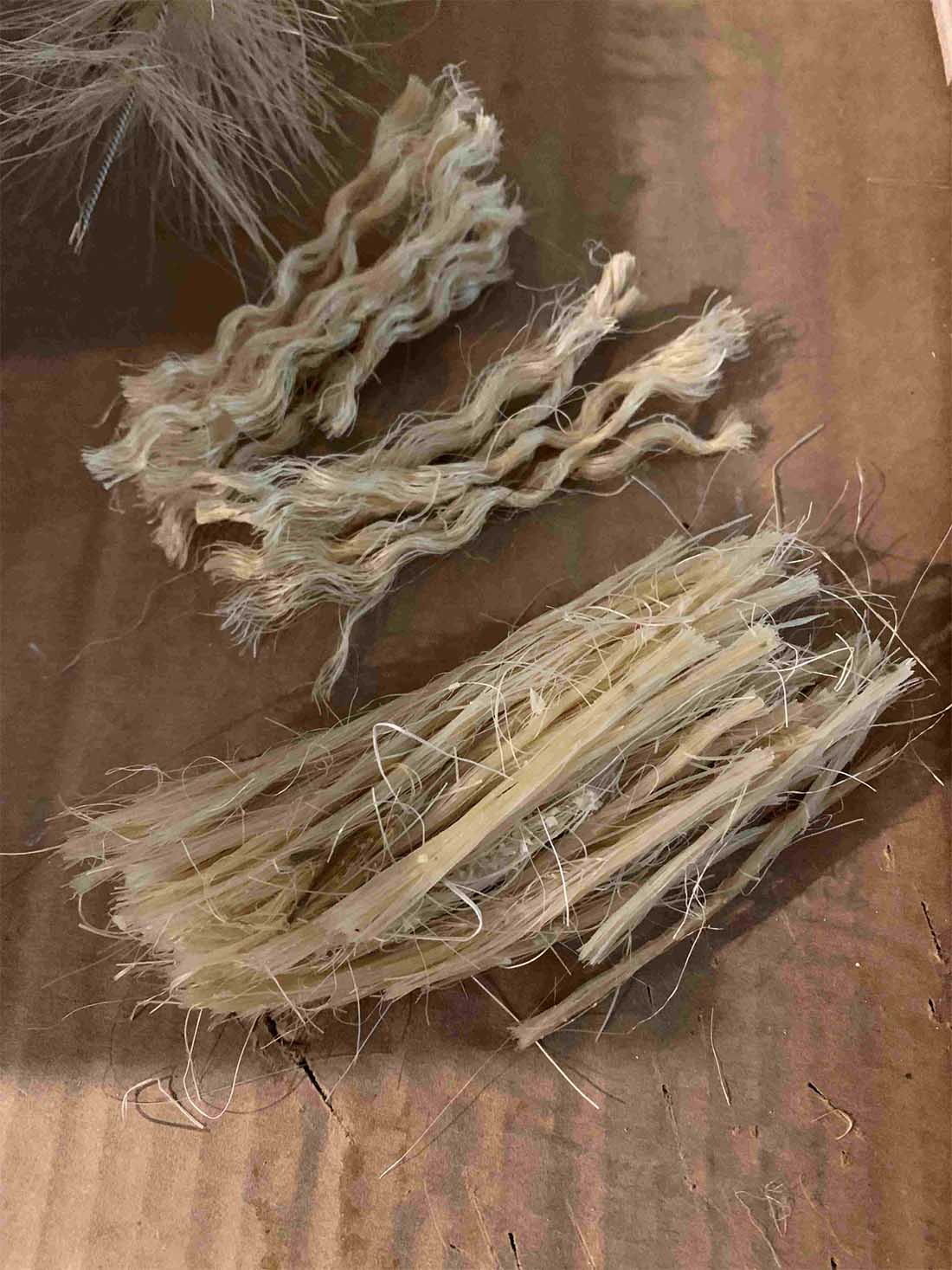
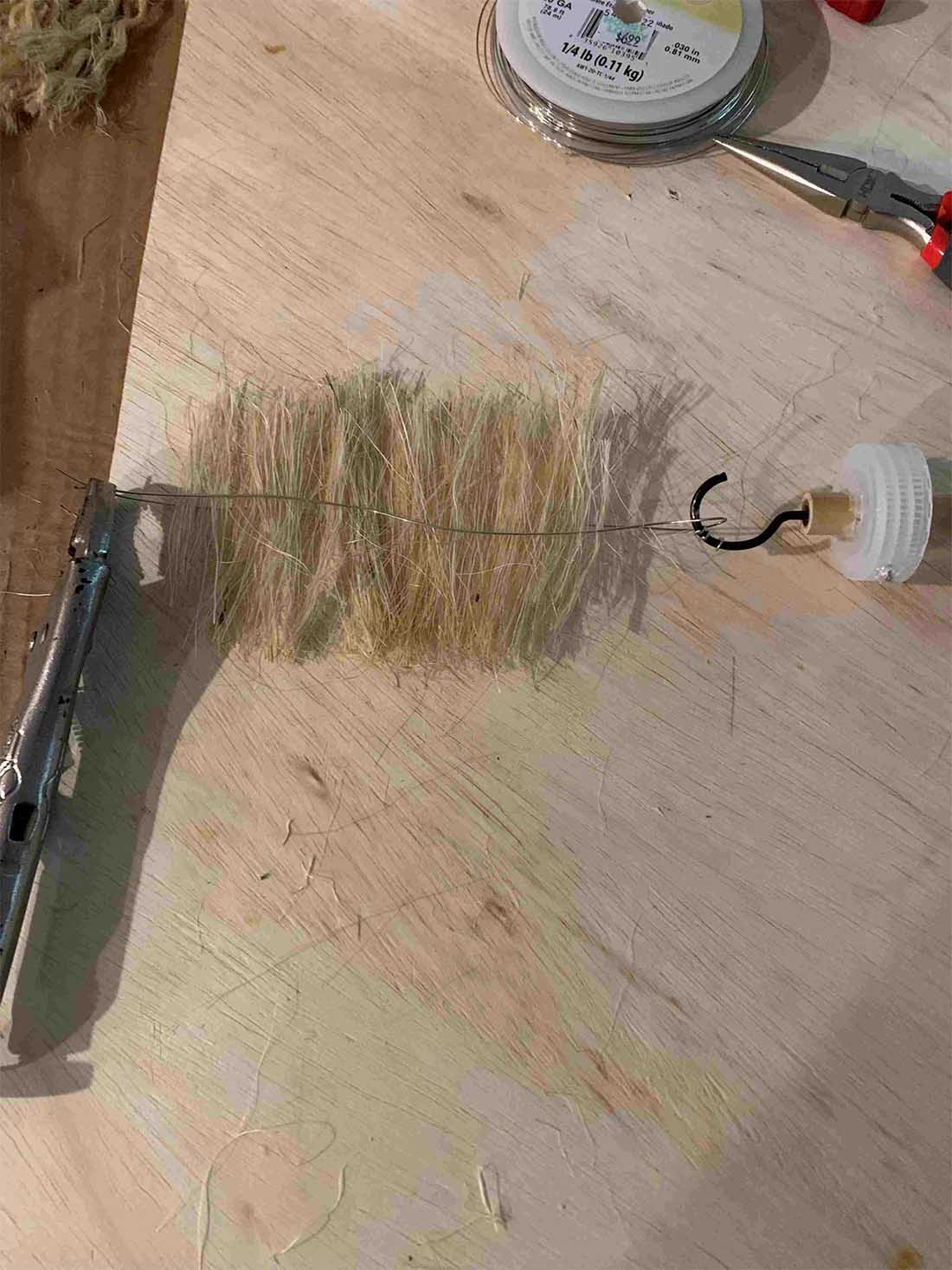
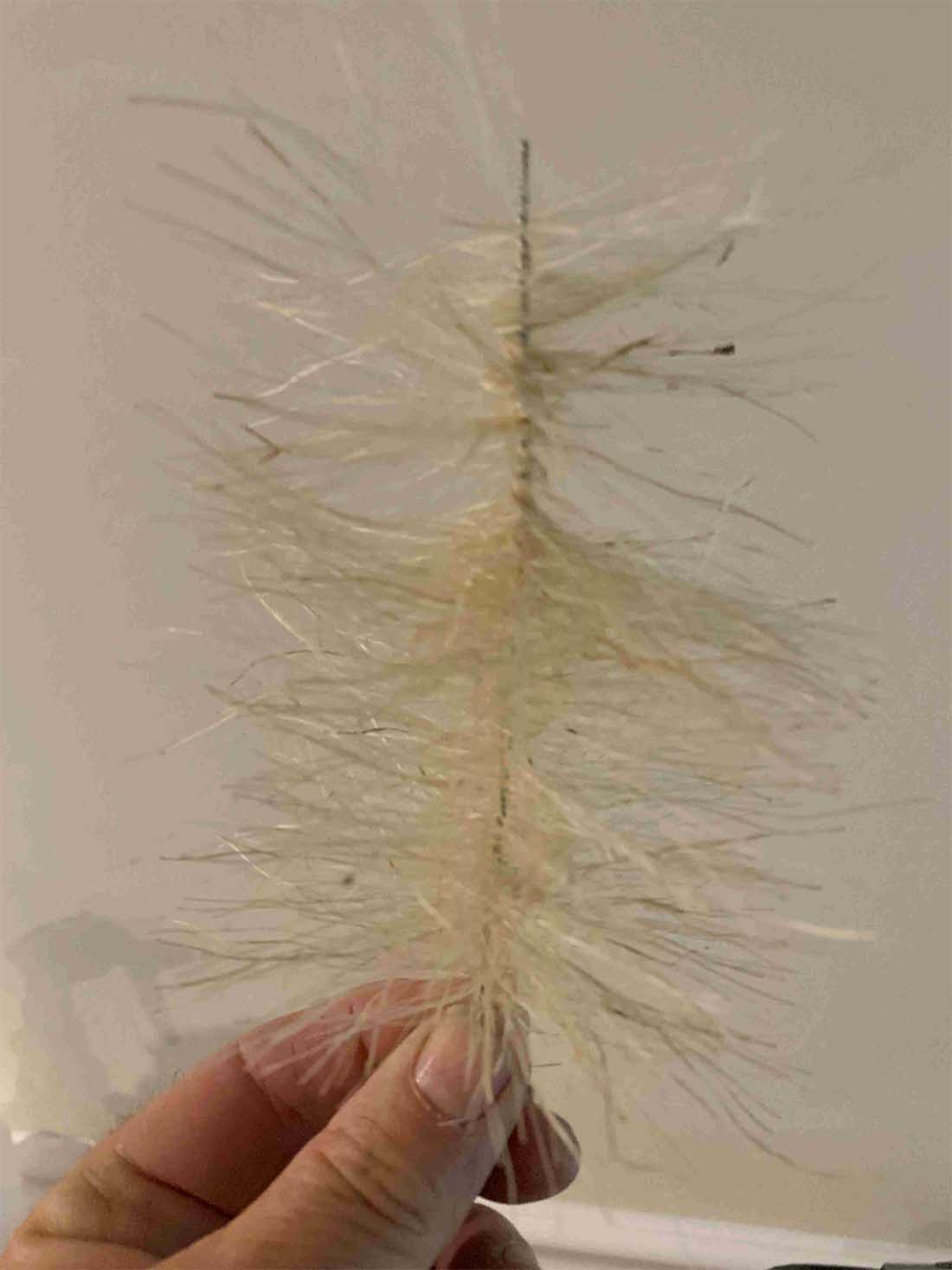
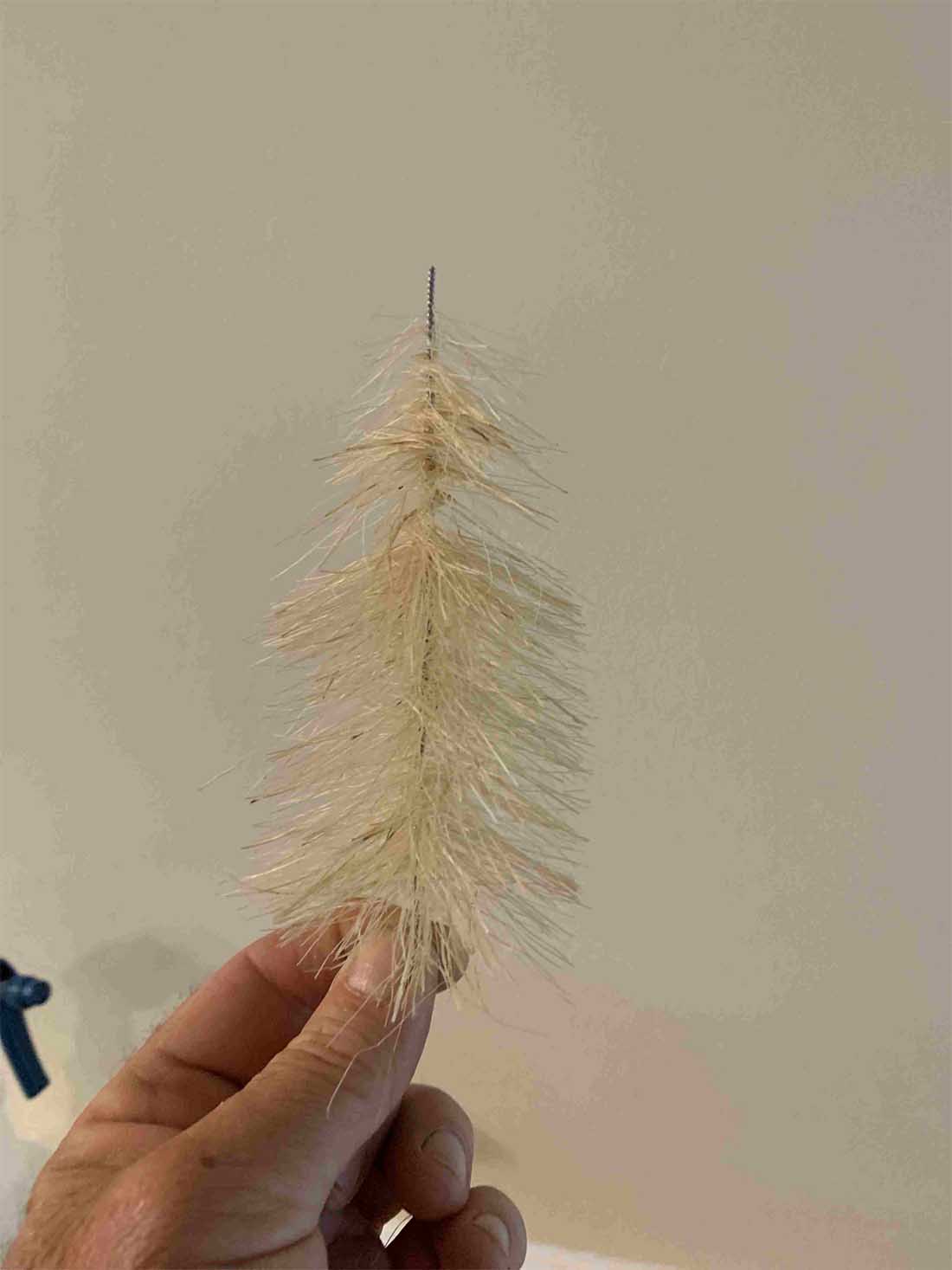
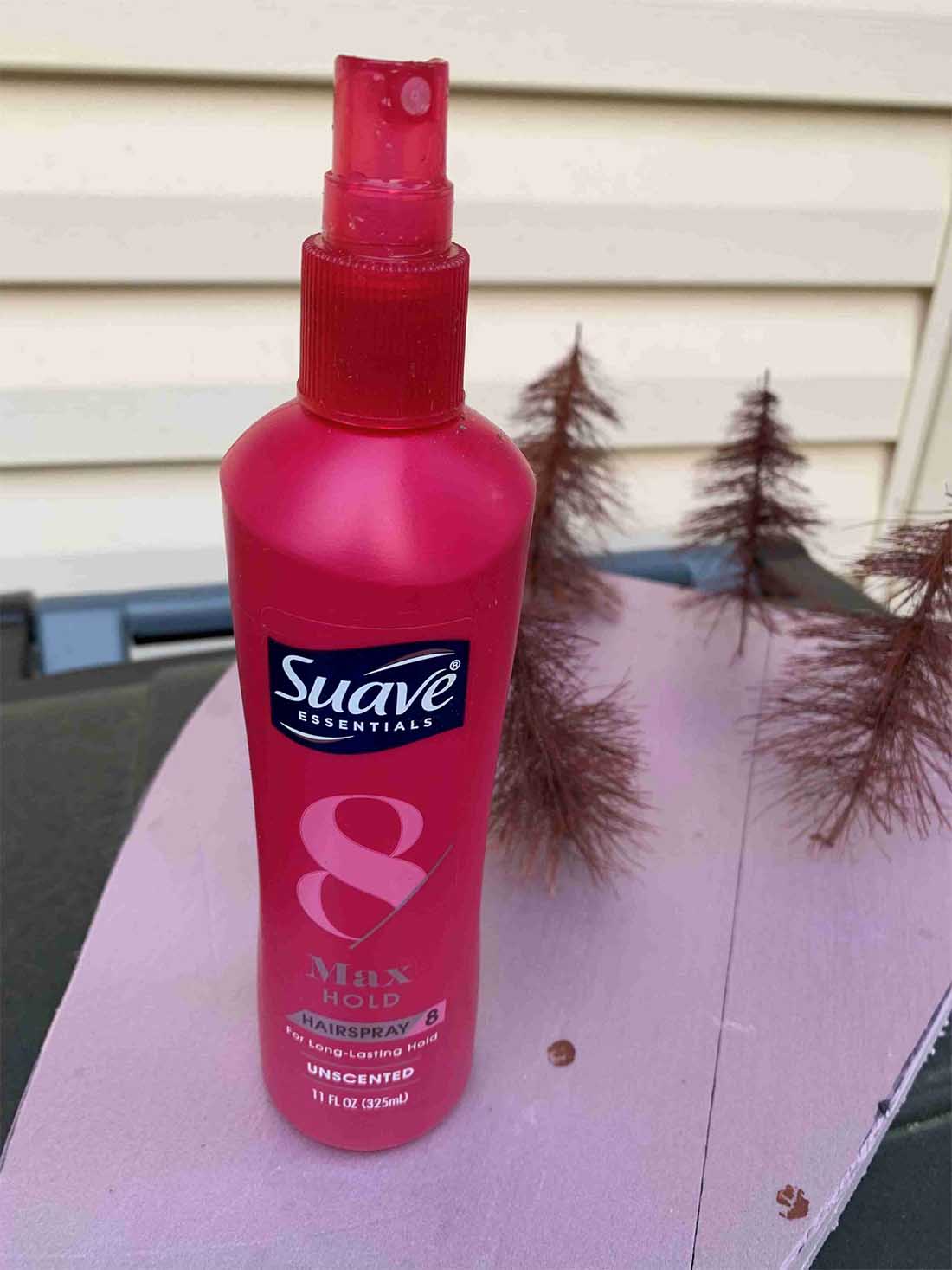
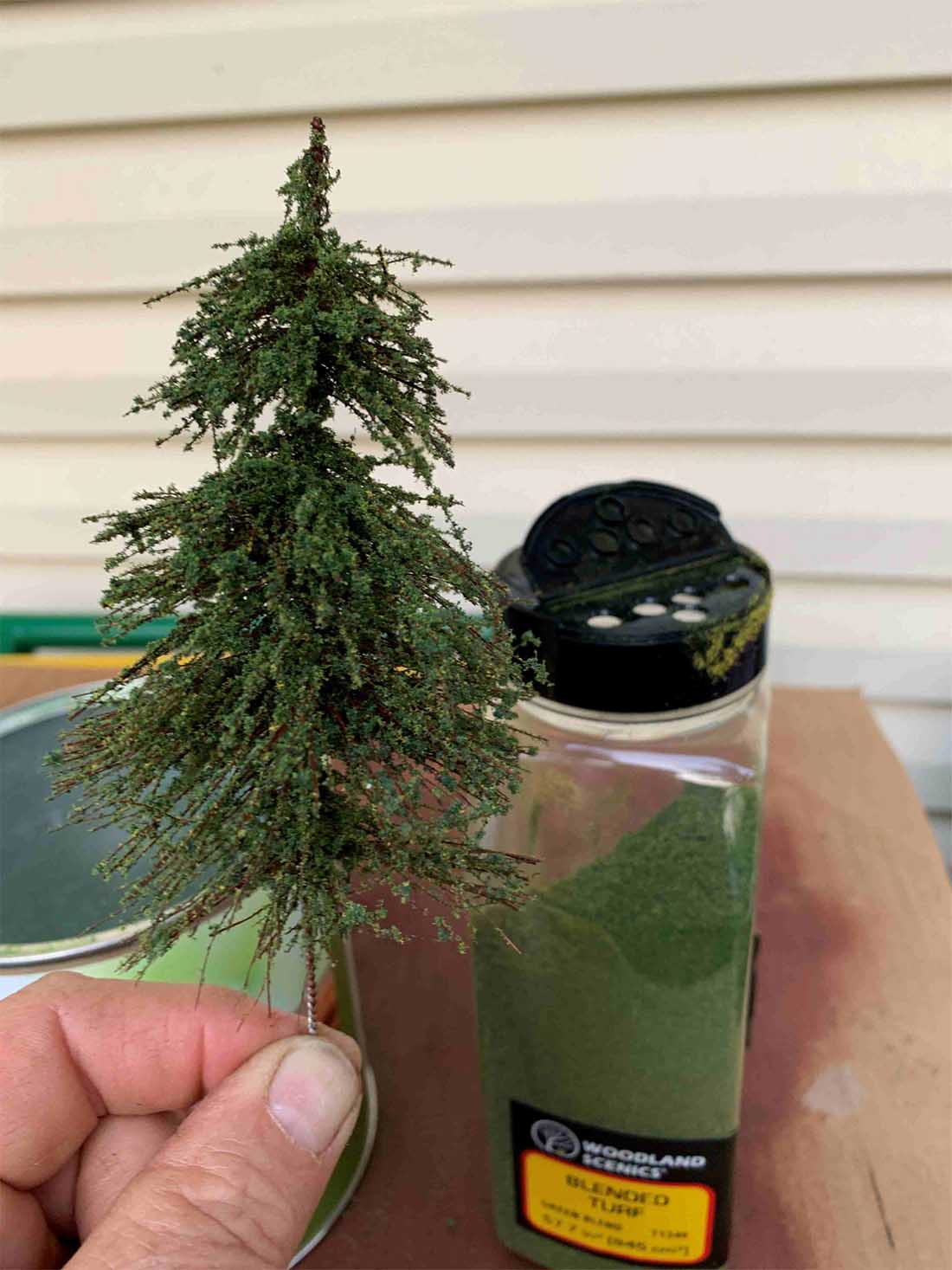
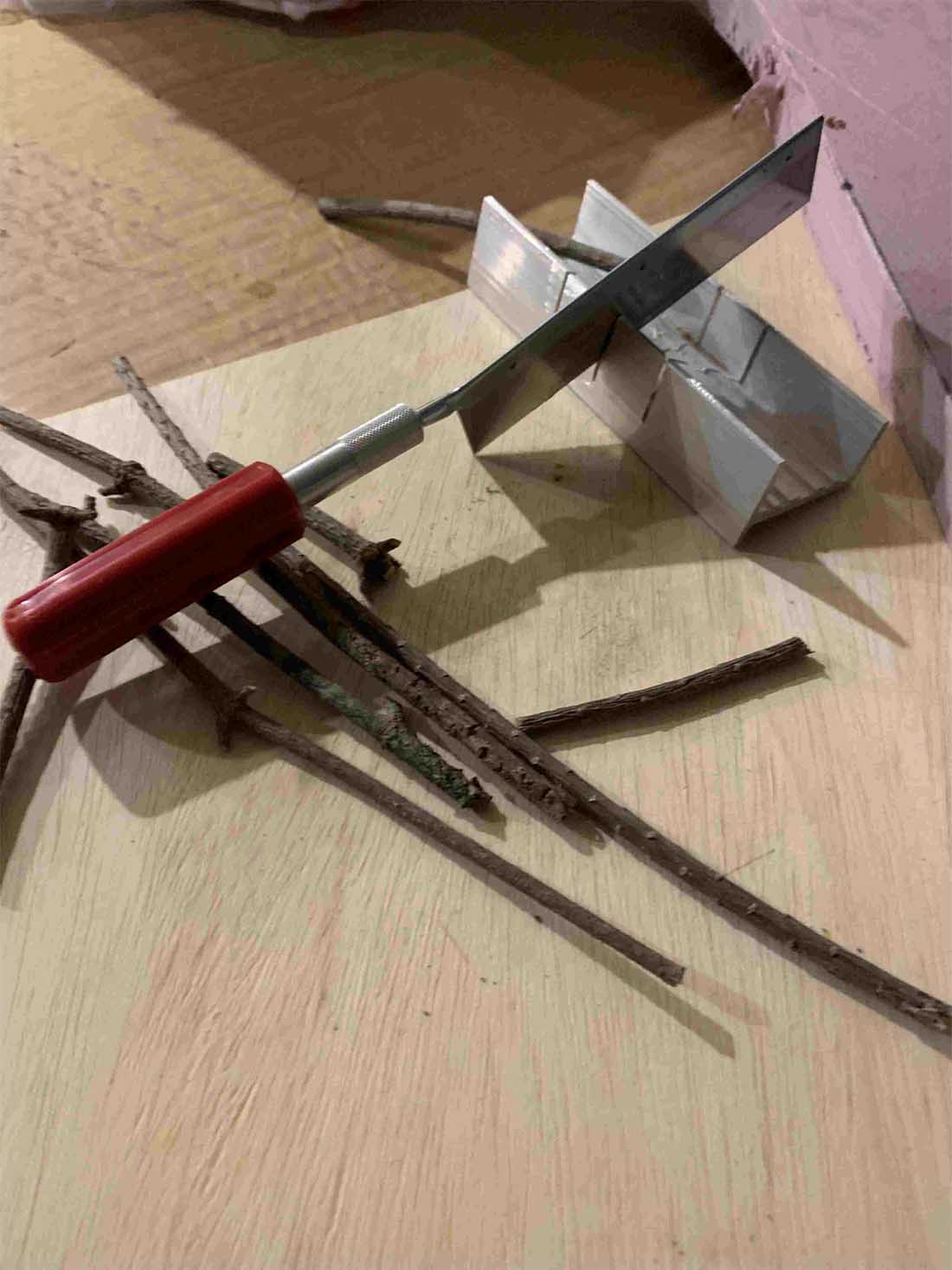
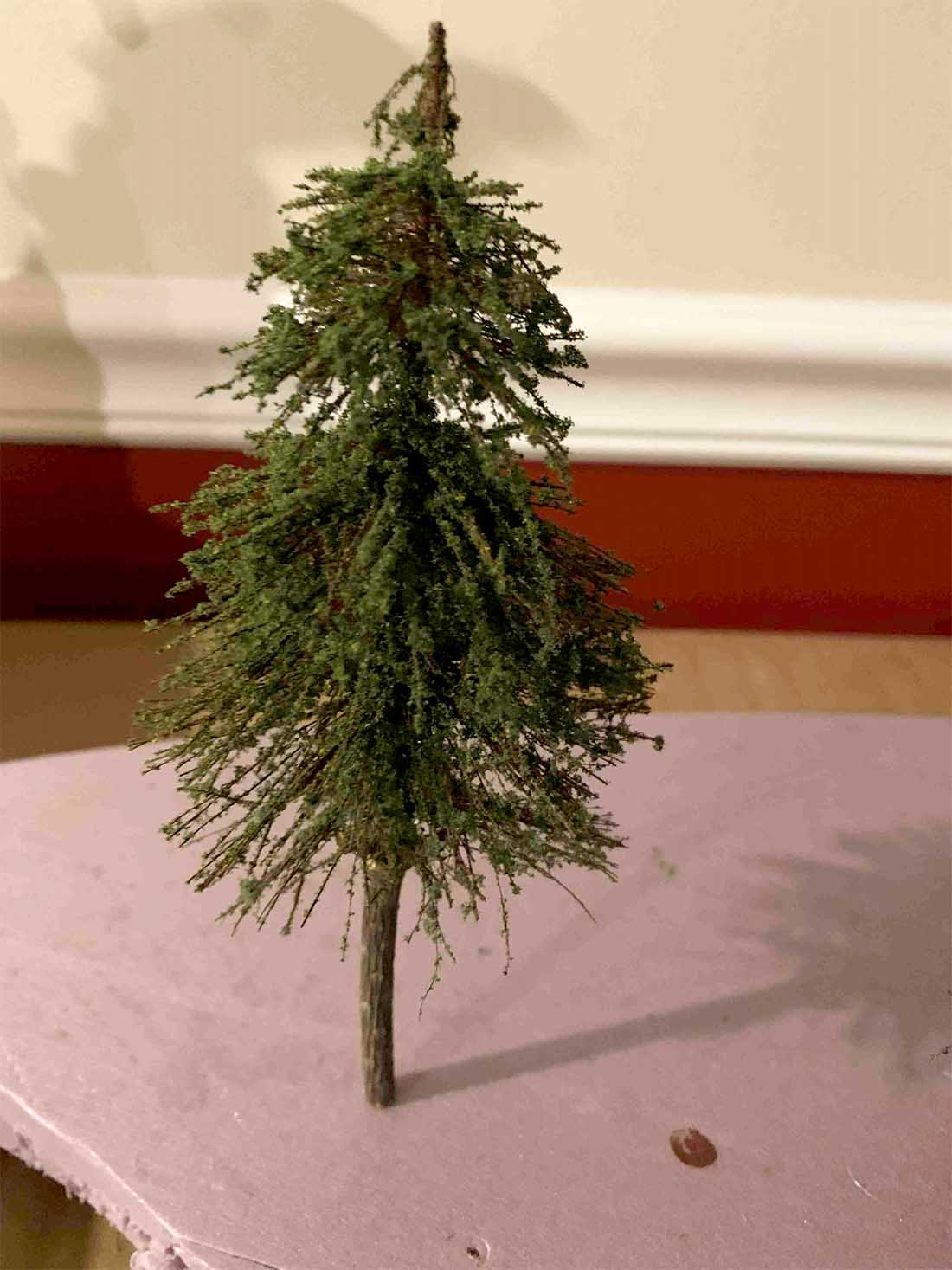
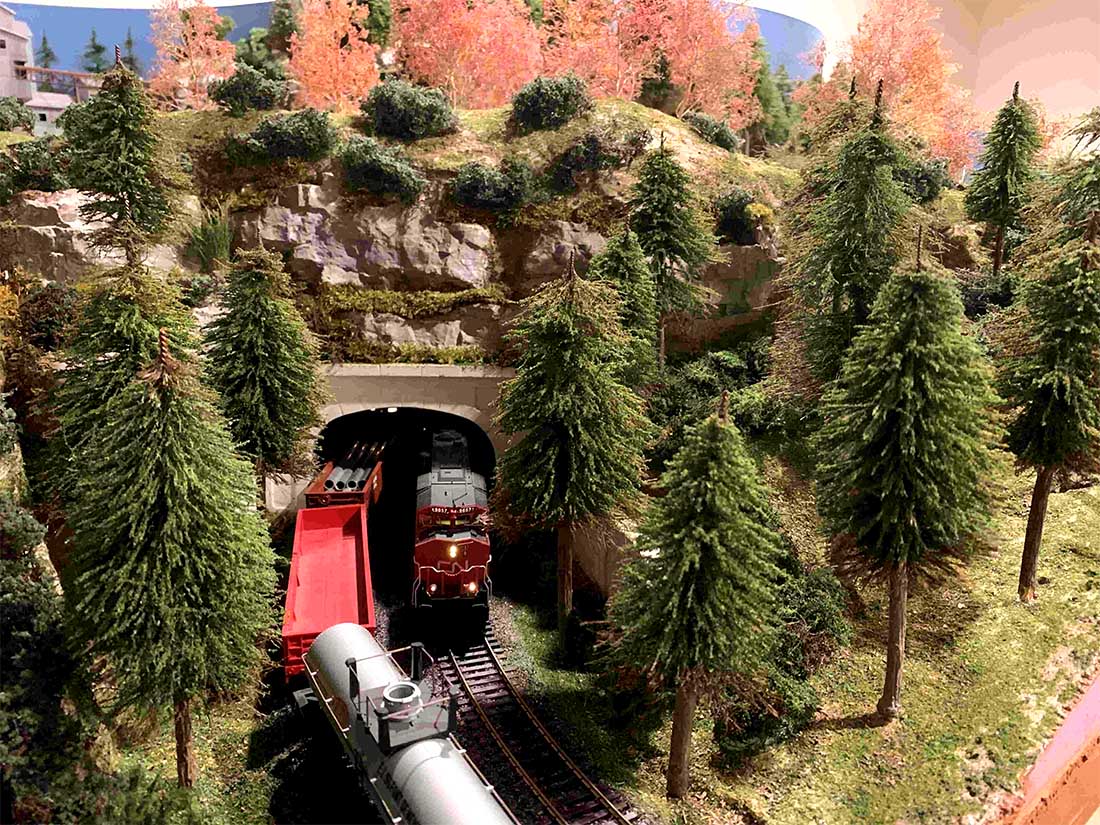
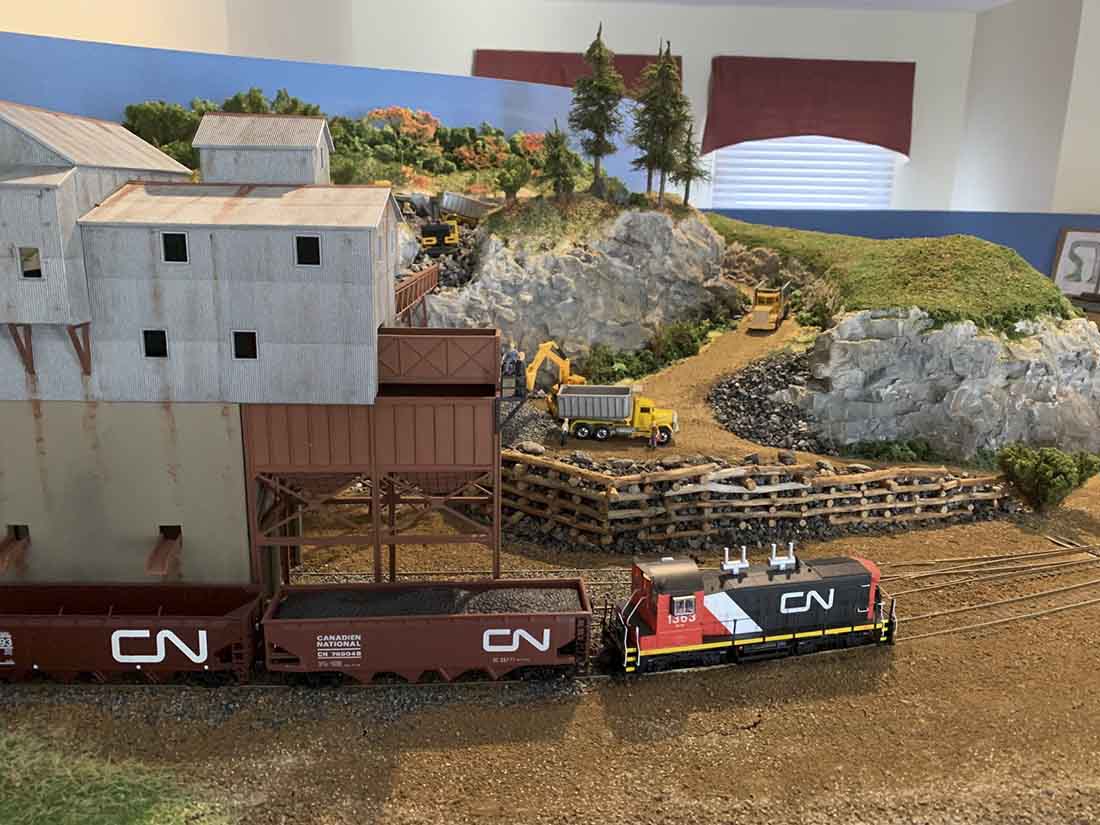

that is a lot of work, but well worth it. the trees are beautifully made & look real. well done. thanks for sharing.
Great looking trees. I have made a few that way. I have found plumbers Hemp better than sisal rope as the plumbing hemp is not twisted tight like rope.
Brilliant love this simple idea for conifer trees .
How long will it take to make 100 spruce trees ? they do look realistic
You did an incredible job on those trees. They look so real. Thank you for the tip.
Excellent idea! I utilize the same hair spray as I also found the aerosol to be far too strong.
wow, fantastic.
Boyd make a comment about taking care not to make the trees look like Christmas trees that gives me another idea. It’s probably been done and that is to make a bunch of trees in small and medium sizes to use as a Christmas tree farm! I’m sure it’s been done. I see a lot of the same features like quarries, streams, lakes etc. and most are really well done. As a tunnel is a staple for most layouts and are often covered with trees. The resulting village below the mountains could feature a trees farm for cutting your own family Christmas tree.
I any of you have done so, I would love to see your examples posted in a collections on this site.
Excellent method, Boyd.
Boyd, the pine trees look awesome. Thank you for posting the process you used to make them, I’m going to give it a try!
Boyd…..great how-to. Great looking trees
Love this and it looks like something I can do. And it looks like fun as well.
Thanks for sharing
What size is your wire ? I think that might be important .
Great looking trees .
Tom
Nice looking trees, very realistic and cost effective. I use the same technique but my core is coarse packing material (green horse hair ?). I will try your method, the outcome is fantastic.
Rust is a Must
Fantastic trees How-to. Many thanks. Sisal twine fibers also make excellent hay for barns, hay mows, stacks, etc. Simply separate the fibers and cut to scale lengths. I glue the fibers to half a wine cork to create a wagon load or stack. Cheap and easy, looks great.
Ray S. NY
Sisal baling twine is already straight so you wouldn’t have to worry about waves. One roll of baling twine from a farm supply store or implement dealer would be enough for about 50 modelers I would guess if you wanted to split the cost.
Thank you for sharing. Your trees are very perfect. Congratulations.